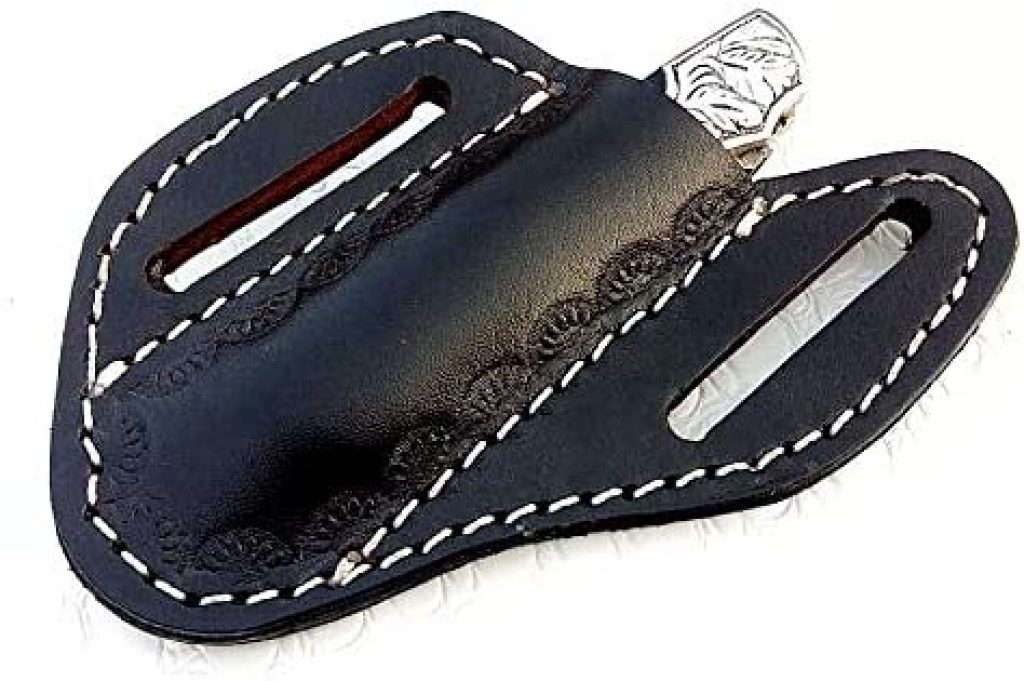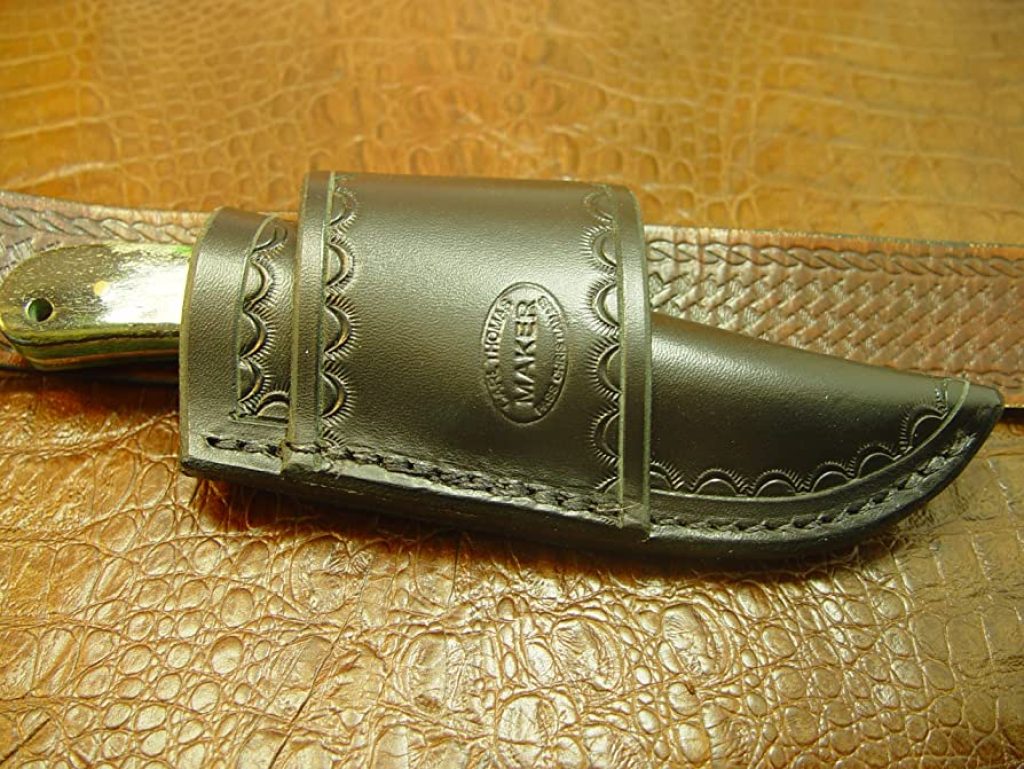A cross draw knife is a great option for anyone who wants an easy-to-carry, lightweight knife. This knife is designed to be worn on the opposite side of your dominant hand so it can be drawn easily without switching or using your off-hand. The cross draw also offers a variety of other benefits that make it an excellent choice for survivalists and regular users alike. Here are some things you should know about cross-draw knives before making your purchase:

A cross draw knife runs in the same direction as your body.
A cross-draw knife is a type of knife that runs in the same direction as your body. This means that if you’re right-handed, you will wear it on your left hip, and vice versa if you are left-handed. Cross draw knife can be worn on either hip and usually come with a sheath that attaches to the belt or waistband of your pants for easy access when needed.
The benefit of having a cross-draw knife is that it allows easier access than other types of knives because they are worn on opposite sides of the body.
Why a Cross Draw Knife?

The cross draw knife is a versatile tool that can be used for everyday tasks and as a weapon if necessary. The design of the cross draw knife makes it easy to carry, lightweight, and fits well in your pocket.
The cross draw knife is most commonly found with single-edge blades, but double-edge models are also available if you want something more versatile.
Scout Carry vs. Cross Carry Knife
Scout Carry and Cross Carry are two different ways to carry a knife. They are both effective, and both have their advantages. However, one major difference between Scout Carry and Cross Carry is the way you draw your knife.
With Scout Carry, the blade is on top of the handle, meaning you must draw the knife by flipping it over.
On the other hand, with Cross Carry, the blade is underneath your fingers but still in front of them, which means you can draw it without flipping it over.
A Scout Carry knife is worn on the hip, either on your belt or pocket. A Cross Carry knife is worn on your chest, with the handle over your right shoulder and the blade across your body. This allows you to access the blade quickly without taking off your backpack or coat.
While they have some similarities, they’re knives and designed for different purposes. In general, Scout Carry knives have shorter blades than Cross Carry knives, making them useful for hunting but not for defense or combat.
What to Look for in a Cross Draw Knife?
When deciding on a cross draw knife, several factors must be considered. The most important of these:
- The blade length. The longer the blade, the more likely you’ll be able to use it for versatile tasks like cutting rope or slicing through food. If you want to save time in your pocket and prefer something smaller, consider choosing a pocket knife instead.
- The thickness of the blade can also affect its usefulness: if your chosen tool has too thin or thick a blade, then it will perform poorly!
- It would be best to look for materials such as carbon steel or stainless steel–these provide durability without compromising sharpness over time (unlike cheaper alternatives).
- The material used for handles will affect how comfortable this tool feels in your hand during long periods; ideally, we want something ergonomic, so our hands don’t get tired easily while using them! Handles made from wood are often preferred here because they provide comfort without sacrificing durability as plastic does. However, if the wood isn’t available, consider other options, such as rubberized grips. Both provide excellent support when holding onto them tightly during intense activities such as hunting trips where speed matters most.
Available brands in the market
The full list on Amazon here might include Pocket Knives, a normal substitute for a Cross Draw Knife.
How to Use a Cross Draw Knife?
The first step in using your cross draw knife is opening it, which you can do by pulling on the blade guard and pushing down on the bolster (the part of the handle that sticks out from under your palm). Once this happens, you’ll notice there’s no room for two fingers between your palm and where they normally rest against the blade guard. So instead, these two fingers should be placed here while holding onto both ends of a piece of food or material being cut with your other hand. Again, try not to put too much pressure on either side; instead, focus more on controlling what movements happen during usage (i.e., don’t move too quickly).
A cross draw knife is an excellent lightweight option for knives.
A cross draw knife is an excellent lightweight option for knives. They’re easy to conceal and use, making them perfect for everyday carry. Cross draw knives are also very versatile–you can use them in various situations, including hunting and fishing.
Cross draw knives have become increasingly popular as more people discover their many benefits. These blades are great for carrying around on your person because they’re lightweight, yet they still retain their sharpness even after heavy use or cleaning (which you should always do after each time you use your knife).






